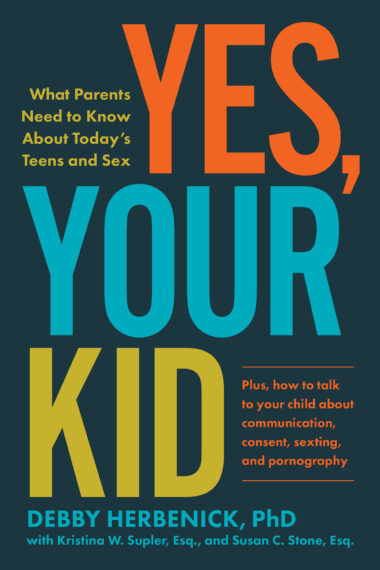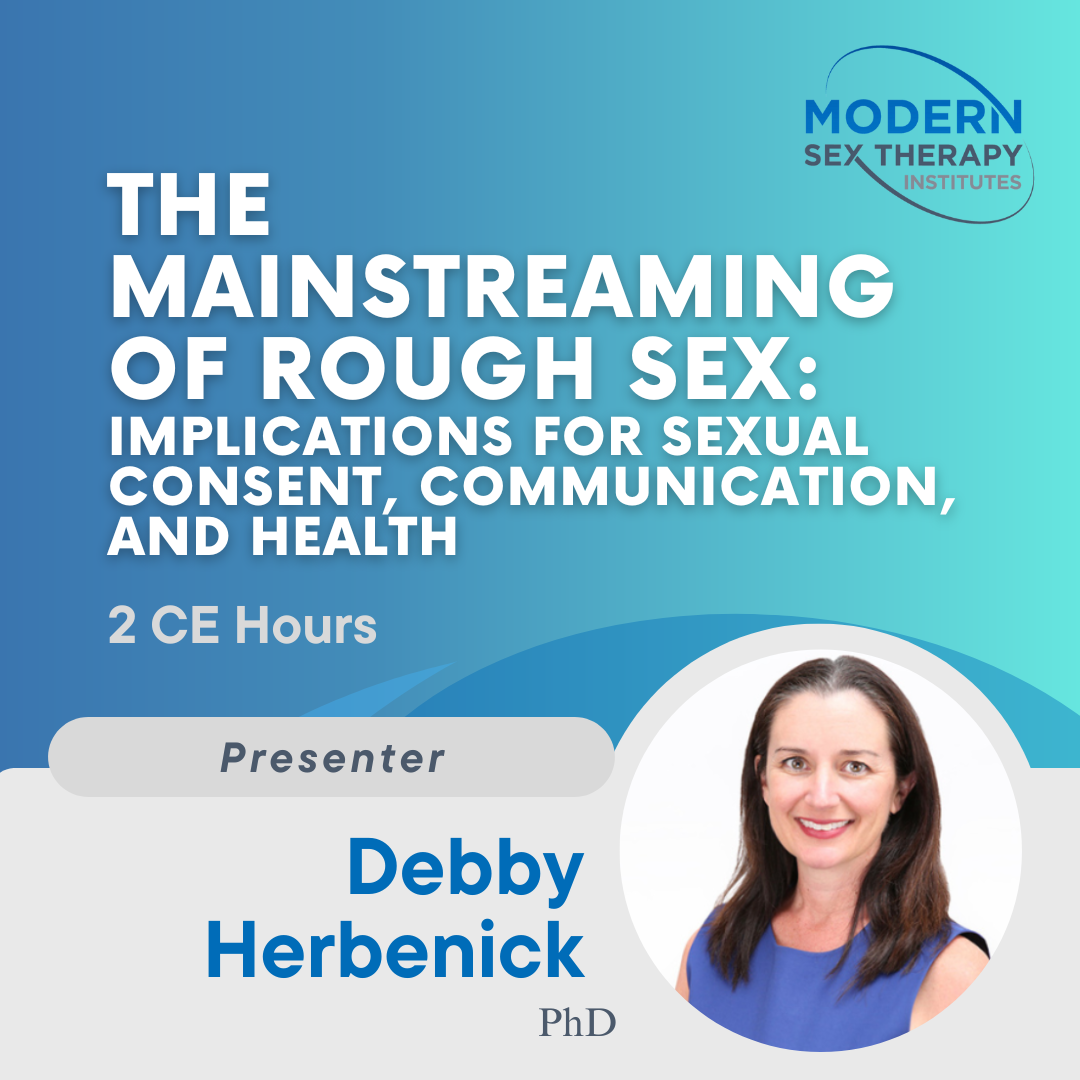FOR QUESTIONS & INTEREST: 561-379-7207
FOR CURRENT STUDENTS: (772)-209-9353
INFO@MODERNSEXTHERAPY.COM
- Certifications & Degrees
- Online Clinical Sexology PhD Program
- 2026 Calendar
- 2025 Calendar
- Sex Therapy Certification
- Transgender Affirmative Mental Health Care Certification
- Couples And Sex Therapy Certification
- LGBTQIA Affirmative Therapy Certification
- Sexual Trauma Certification
- Medical Sexology Certification
- Alternative Relationships Certification
- Sex Counselor Certification
- Certificate In Sexual Health
- Sex Educator Certification
- Problematic Sexual Behavior (PSB) Certification Program
- Somatic Sex Therapist Certification
- Neurodiversity Sexuality Professional Certification
- Sex Informed Therapist Certification
- Sexually Competent Therapist Certification
- Kink Conscious Professional Certification
- Sexual Trauma Informed Therapist Certification
- LGBTQIA+ Informed Professional Certification
- Neurodiverse Sexuality Aware Professional Certification
- Sexual Compulsivity Informed Professional Certification
- Certified Attachment Sex Therapist (CAST) Program
- Workshops & Webinars
- Calendar
- Registration & Fees
- Faculty
- Search
- Find a Professional
- Contact Us
The Mainstreaming of Rough Sex: Implications for Sexual Consent, Communication, and Health (2 CE Hours, 2024)
$80.00
Presenter: Debby Herbenick, Ph.D.
2 CE Hours
Recorded workshop available via video on demand
AASECT Category:
Human Sexuality Education, Section F.
Course Description:
Over the past decade, rough sex behaviors (e.g., choking/strangulation, slapping, consensual non-consent, smothering) have become prevalent in the general population and moved into mainstream culture. For example, the 2020 campus-representative Campus Sexual Health Survey found that about 80% of college students had engaged in rough sex. Also, a 2021 US nationally representative survey found that 1 in 3 young adult women had been choked/strangled during their most recent sexual encounter. Unfortunately, many people are exploring rough sex with little educational or background on how to do so in ways that are clearly consensual and/or in ways that mitigate potential emotional or physical harm. Using data from US nationally representative surveys, campus-representative surveys, in-depth qualitative interviews, and content analyses, this presentation will address: (1) The prevalence of rough sex behaviors in the US population, with a focus on sexual choking, smothering, slapping, name-calling, and punching; (2) the prevalence of rough sex behaviors among undergraduate and graduate students; (3) where young people are learning about rough sex; (4) misinformation related to rough sex; (5) health consequences of sexual choking in terms of mental health as well as neurological changes (often described as the “hidden injuries” of strangulation); (6) implications for sexual consent, withdrawal of consent, and communication; and (7) educational resources and potential harm reduction strategies for rough sex.
Learning Objectives:
By the end of the presentation, attendees will be able to:
1. Describe the prevalence of rough sex behaviors, including sexual choking/strangulation.
2. List at least 2 health consequences of being choked/strangled during sex.
3. Discuss the unique challenges that sexual choking/strangulation and consensual non-consent pose in relation to consent.
4. Identify at least 1 resource where people can learn more about rough sex and choking.
Schedule:
15 mins – Introduction; Historical background on rough sex
15 mins – Overview of research related to rough sex prevalence in the US population as well as in college/graduate student samples; frequency of rough sex engagement; young people’s early initiation into rough sex.
10 mins – Findings related to where people learn about rough sex, including misinformation related to rough sex and especially sexual choking/strangulation.
10 mins – Health consequences of sexual choking/strangulation and certain other forms of rough sex. Barriers to seeking healthcare for rough sex injuries.
20 mins – Rough sex in relation to sexual consent, withdrawal of consent, and communication.
25 mins – Prevention messages for parents/guardians; overview of available educational resources; potential harm reduction strategies.
20 mins – Q&A and wrap-up
Class originally recorded: 2/17/2024.
Social workers completing this course receive 2 general continuing education credits.

To get a discount on your purchase of Dr. Herbenick’s fabulous new book: Yes, Your Kid which is a crash course for parents on talking to teens and older kids about sex in order to keep them healthy, happy, and safe—and how to do it so in a way to have your kids listen go to:
MSTI is an approved CE organizational provider for IBOSP, AASECT, and ASWB. Modern Sex Therapy Institutes is part of the Advanced Mental Health Training Institute. The Advanced Mental Health Training Institute has been approved by NBCC as an Approved Continuing Education Provider, ACEP No.6901. Programs that do not qualify for NBCC credit are clearly identified. The Advanced Mental Health Training Institute is solely responsible for all aspects of the programs.
MSTI is approved by the American Psychological Association to sponsor continuing education for Psychologists. The Modern Sex Therapy Institutes maintains responsibility for this program and its content.
Modern Sex Therapy Institutes (MSTI), provider #1787, is approved to offer social work continuing education by the Association of Social Work Boards (ASWB) Approved Continuing Education (ACE) program. Regulatory boards are the final authority on courses accepted for continuing education credit. ACE provider approval period: [1/7/22-1/7/26].
Attendees must attend the entire course and complete a course evaluation to be eligible for CE credit
For Live Courses: To obtain CE credits, attendees must attend the entire course and complete an evaluation to receive credit.
For asynchronous/recorded courses, Attendees must pass the multiple choice posttest with a minimum score of 80% in 3 attempts to be eligible for CE credit.
Certificates of completion can be downloaded immediately upon course completion.

